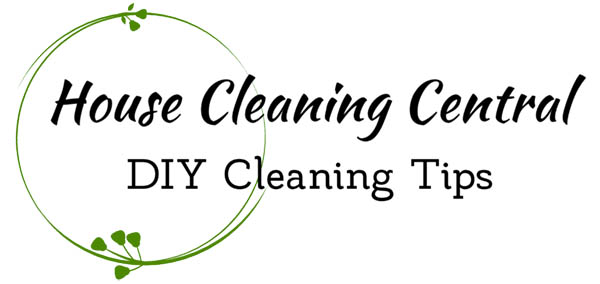Stain Removal Guide

Guide For Removing and Cleaning Stains
Removing unsightly stains can be tough.
Some staining if handled incorrectly will become impossible to get rid of. Use our stain removal guide to take care of stains properly initially, and remove them easily: The right way!
Before treating stains on any apparel, check for colorfastness first. If your garment indicates professional dry cleaning, you should follow the label’s instructions.
Clothes Stains:
For food stains on clothing, shaving cream works extremely well on most washable clothing. Make sure to wash right after treating.
Hydrogen peroxide can be used on perspiration stains; just put it directly on the underarms.
To stop the stain from coming back, rub bar laundry soap under the arms and throw it in the wash. This will help protect it in the future.
The process should be repeated every fifth wearing or so.
Blood Stains:
For bloodstains, be sure to always use cold water, even if they are set in. For fresh or set in blood, try the following:
- 1 tablespoon dish liquid
- 1 cup water
- 1 tablespoon hydrogen peroxide
Many nurses recommend using straight hydrogen peroxide. I generally remove fresh blood stains completely by using just a little soap and rubbing it under cold water.
Whatever you do, don’t use hot water or dry the garment until you are sure the stain is completely removed. Heat sets blood stains and nothing will get blood out if it’s been “cooked”.
Grease Stains:
You can remove grease by using shampoo, dish or laundry soap as a pretreatment for grease stains.
In your kitchen, you can throw some cornstarch on the stove whenever it gets greasy. This will absorb the grease and help with cleaning.
Also, for food stuck on pots and pans, soak overnight with a little dish soap and fabric softener. The food will slide right out in the morning.
Furniture or Carpet Stains:
Coffee, tea, juice, wine and other food stains—cold club soda is your first line of defense. After the stain has dried or set in, try this recipe:
- 1/3 cup vinegar
- 2 tablespoons mild dish liquid
- 2/3 cup water
Sponge mixture onto stain and allow to sit for several minutes then launder immediately.
Ink on Carpet and Furniture:
Aerosol hairspray, hydrogen peroxide and non-acetone nail polish remover work on ink stains on carpet and furniture. Be sure to check first for colorfastness. Use full strength.
Gum on Carpet or Upholstery:
To get chewing gum out of carpet or off of upholstery, first scrape off as much as possible without spreading it out further. Then, fill a zipper plastic bag with ice and put it on the gum.
Freezing the area will cause the gum to harden and pull away from the fibers. Finish scraping away the gum. If all of the gum doesn’t come up, try putting a paper sack (brown paper bag) over the gum and ironing it. The heat will transfer whatever is left to the bag. Be sure to keep moving the bag around so you are always using a clean section.
Rust Stains:
Rust in bathroom—Tang Breakfast Drink ™ or lime Kool Aide™ to ‘eat’ through the lime deposits. Citrus counteracts the chemicals sticking the lime deposits to the porcelain. The acid in the mixes oxidizes the rust.
For a good surface cleaner use fabric softener sheets. This also prevents further stains and dust deposits.
Tile and Grout Stains:
Never throw away those old toothbrushes! They are perfect to clean the grout and between the tiles. Try the following recipe for cleaning the mold and mildew between the tiles.
- 1/2 cup baking soda
- 1/3 cup ammonia
- 1/4 cup white vinegar
- 7 cups water
- Spray on and wipe, no rinsing required.
That’s it. There’s just a few rules to follow and the stain removal process is easy. We hope this stain removal guide helps you to keep your clothing and laundry stain free and looking as good as new.

